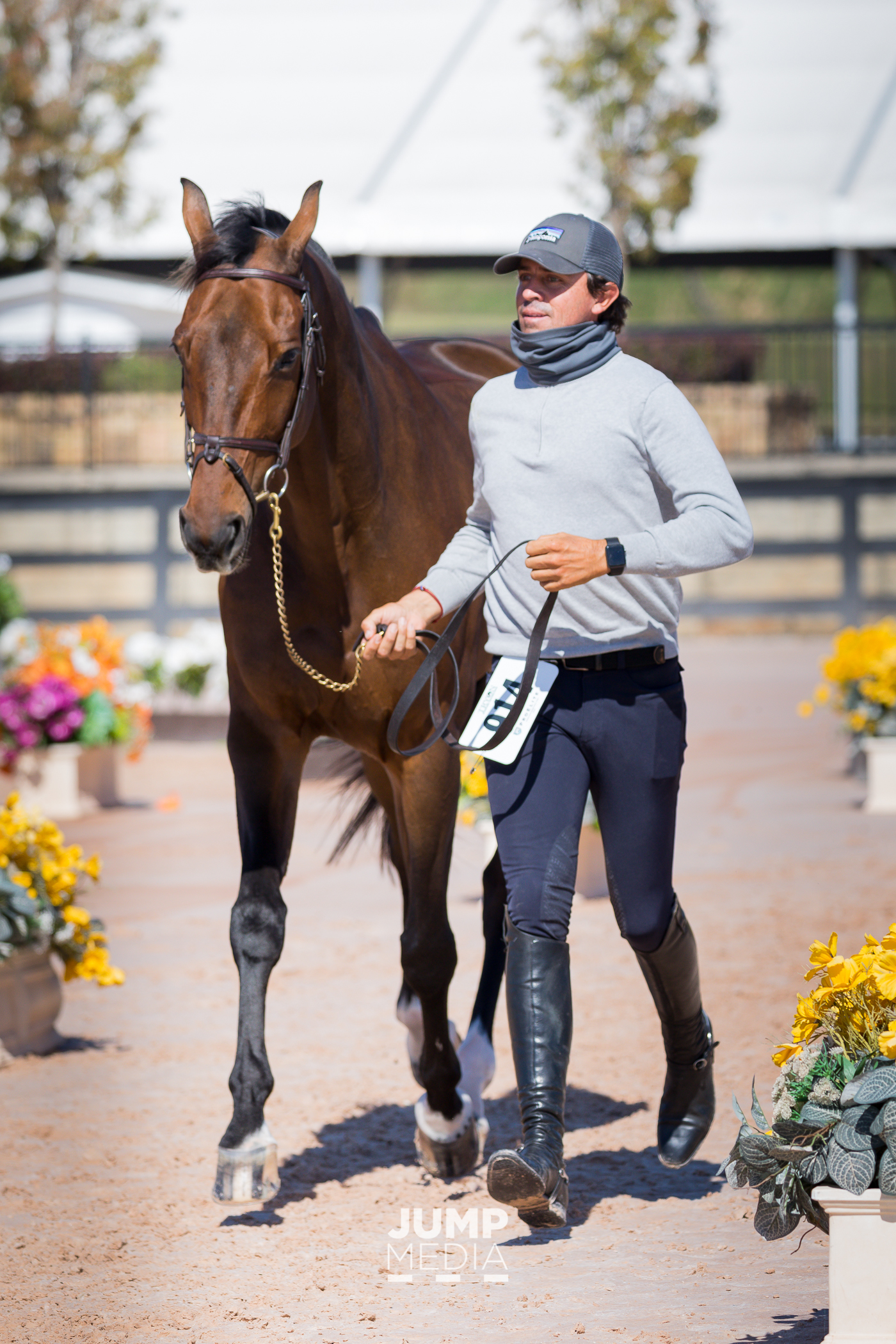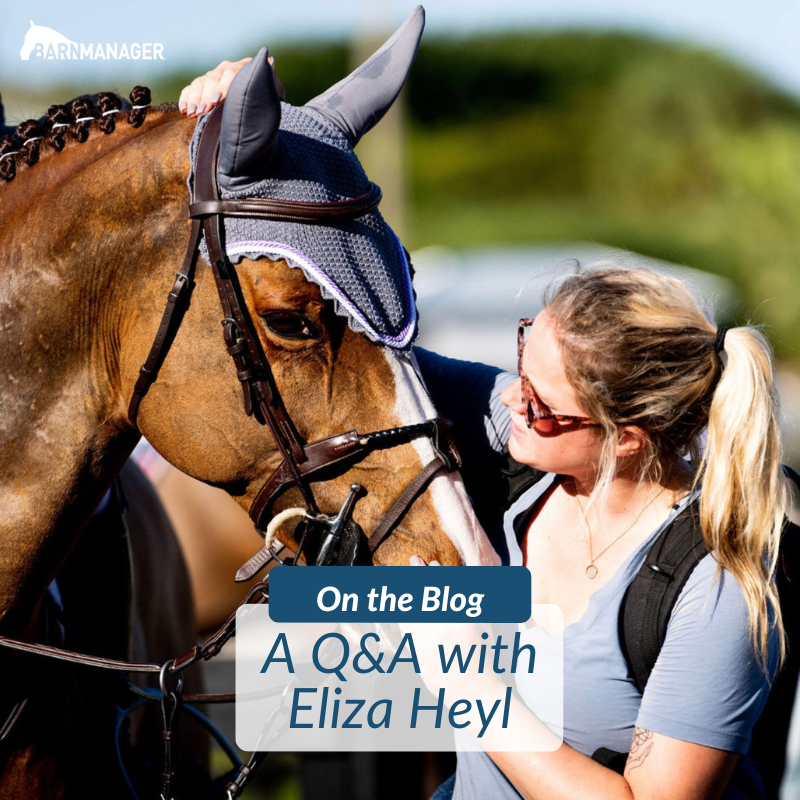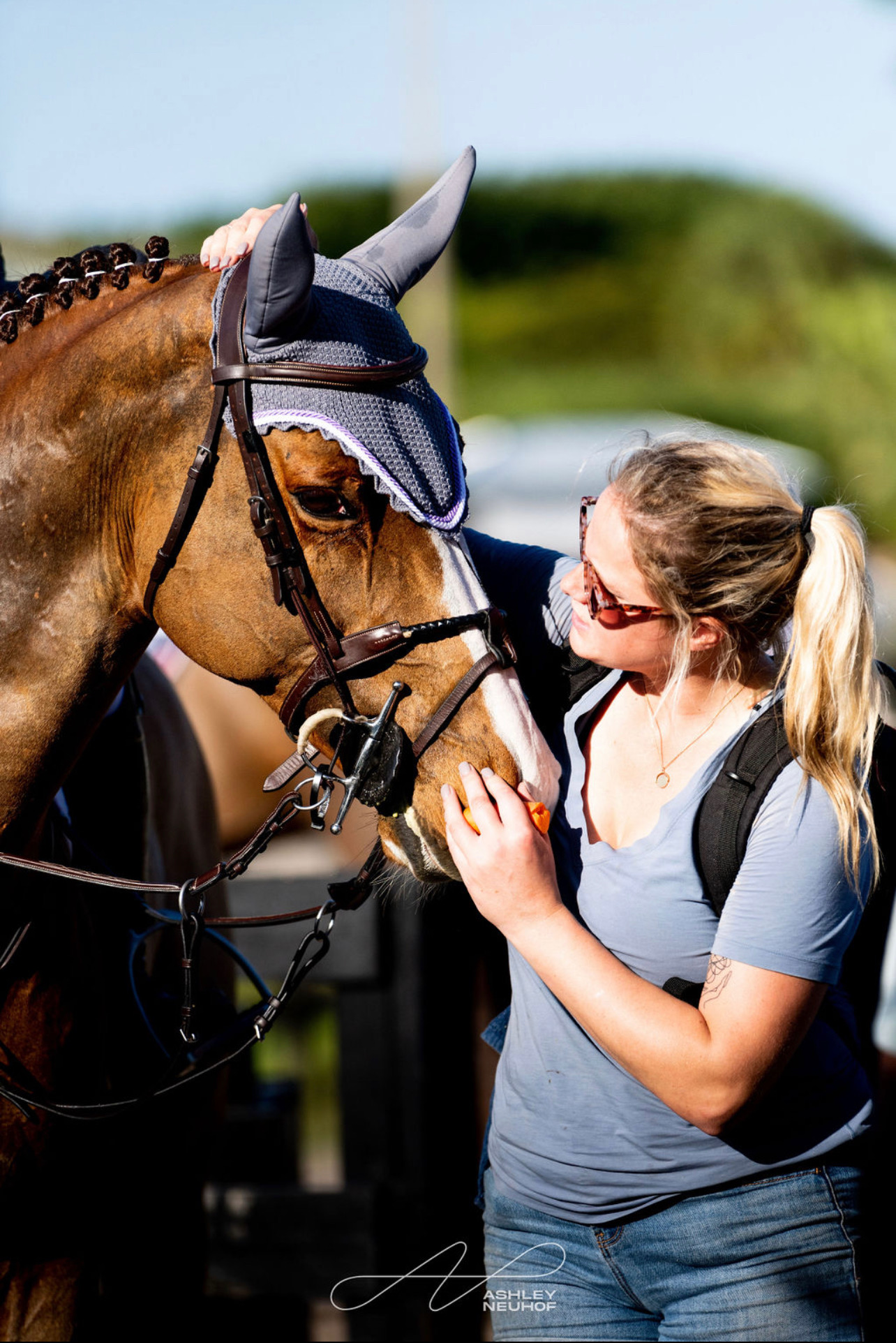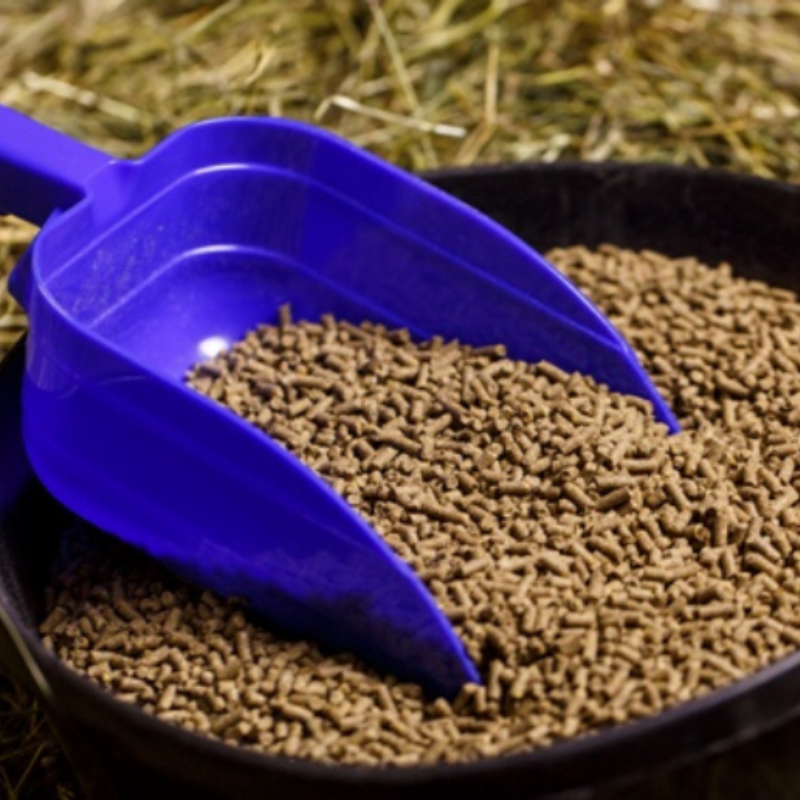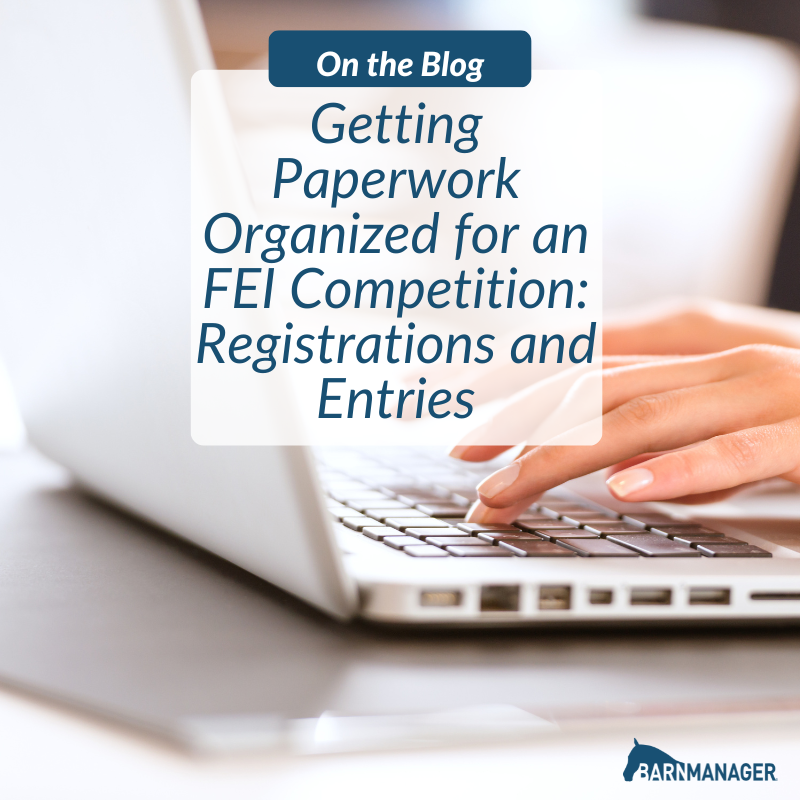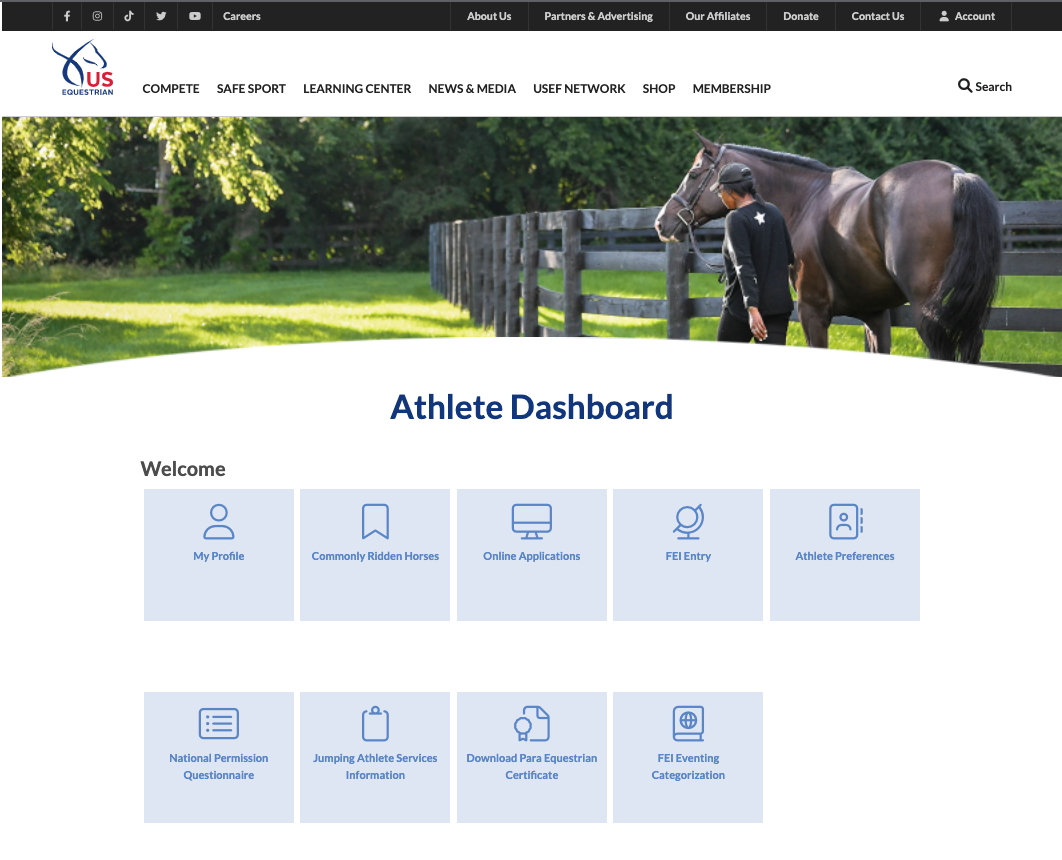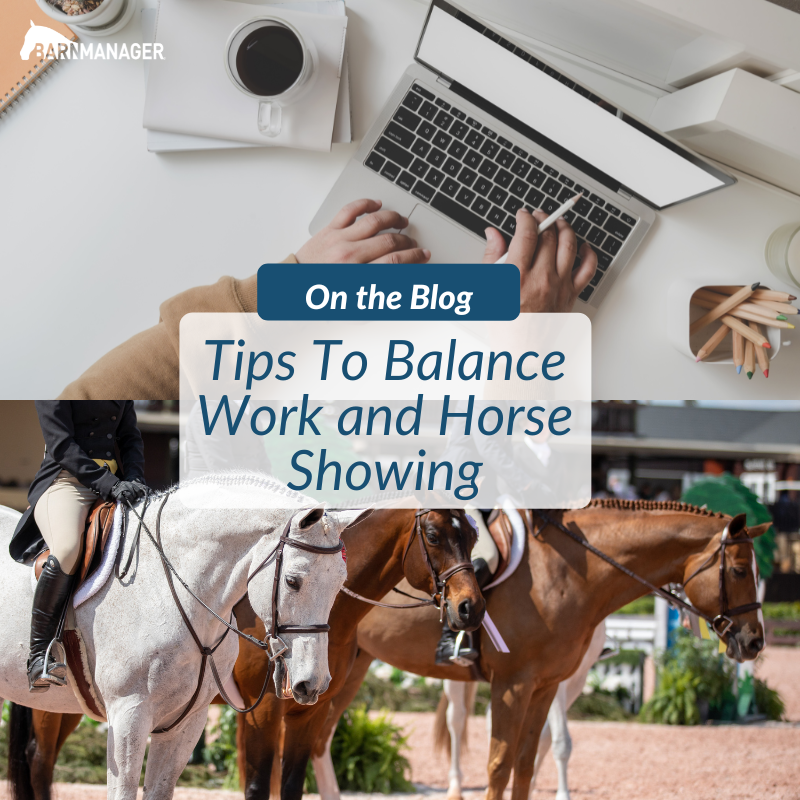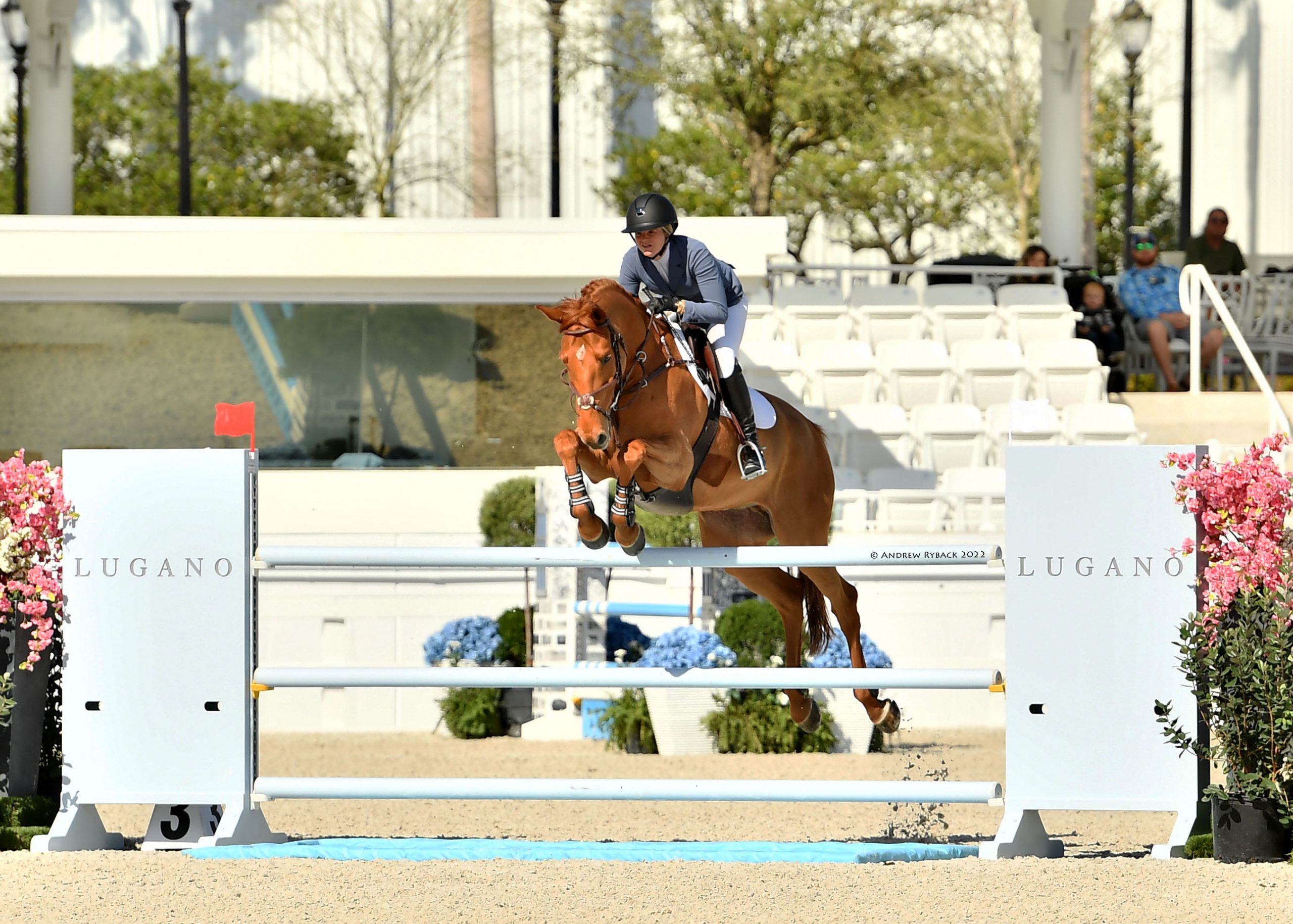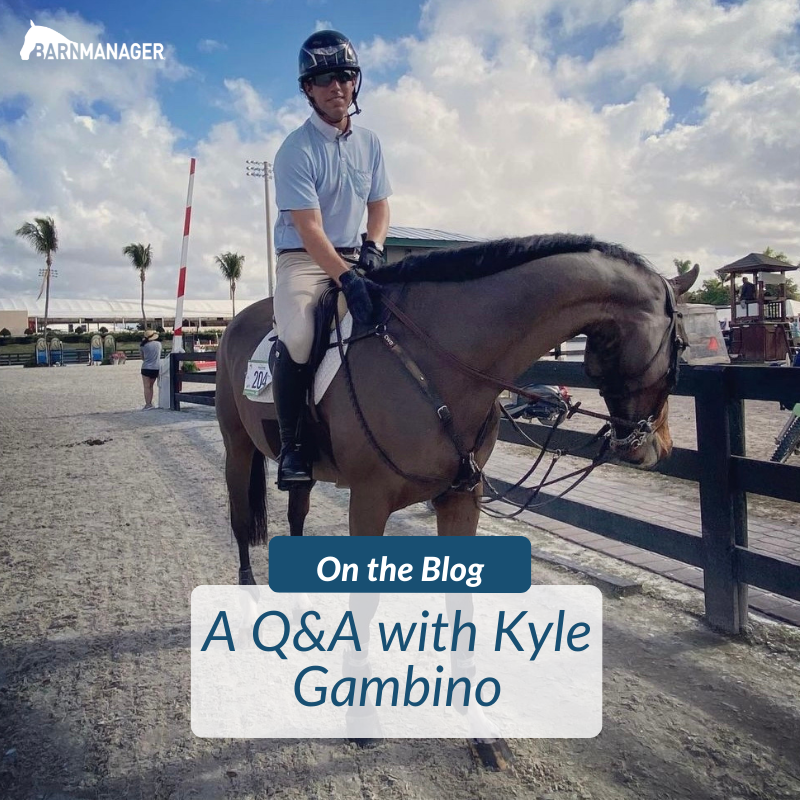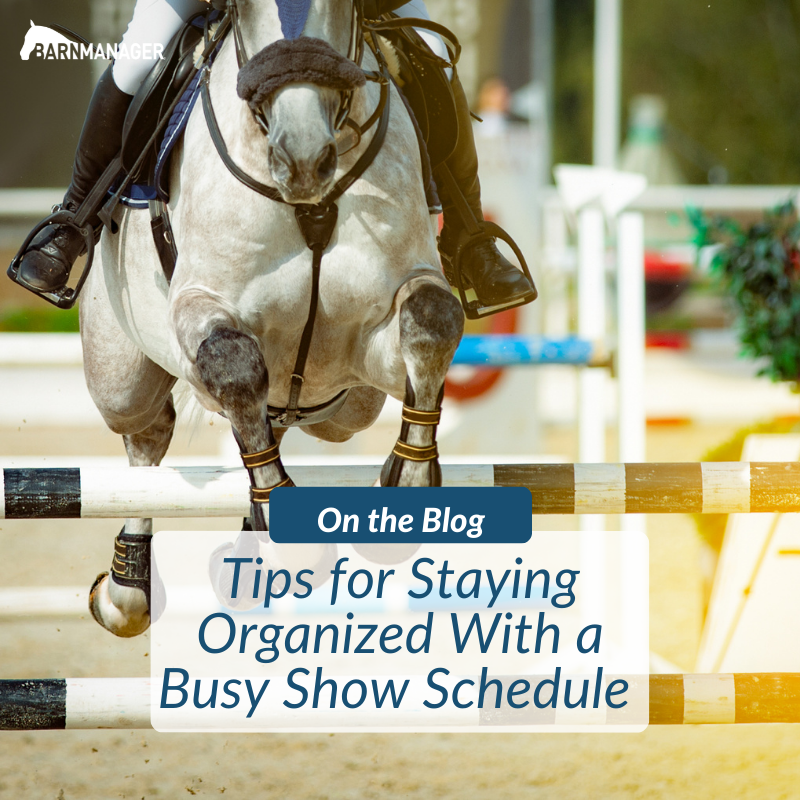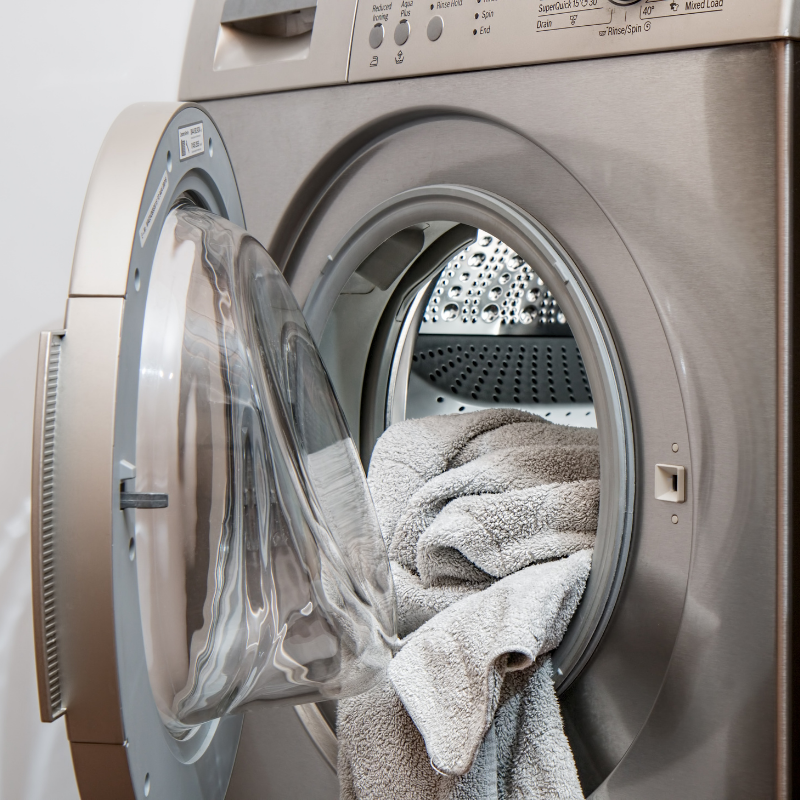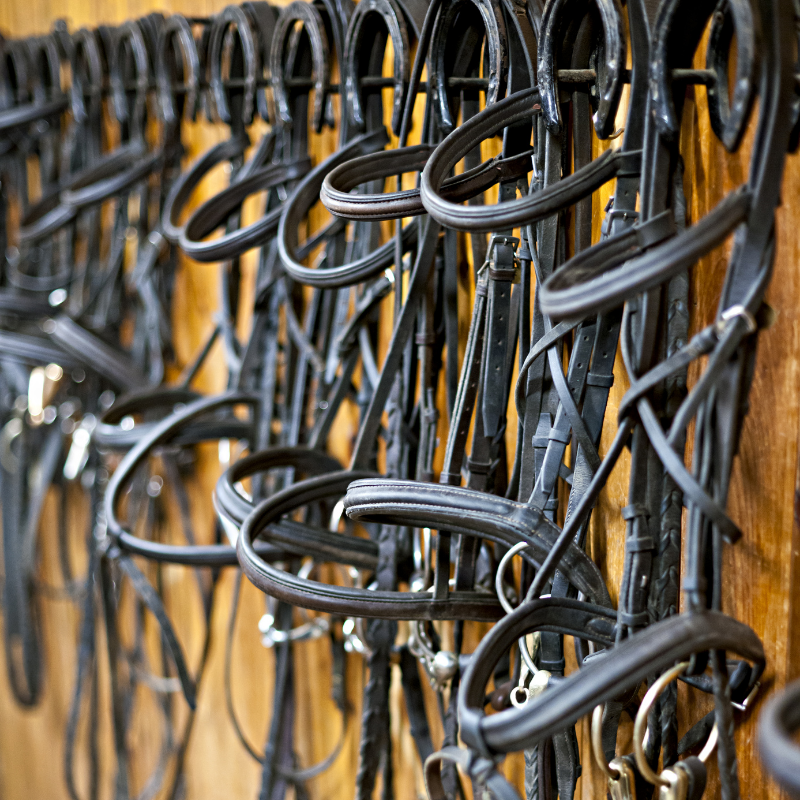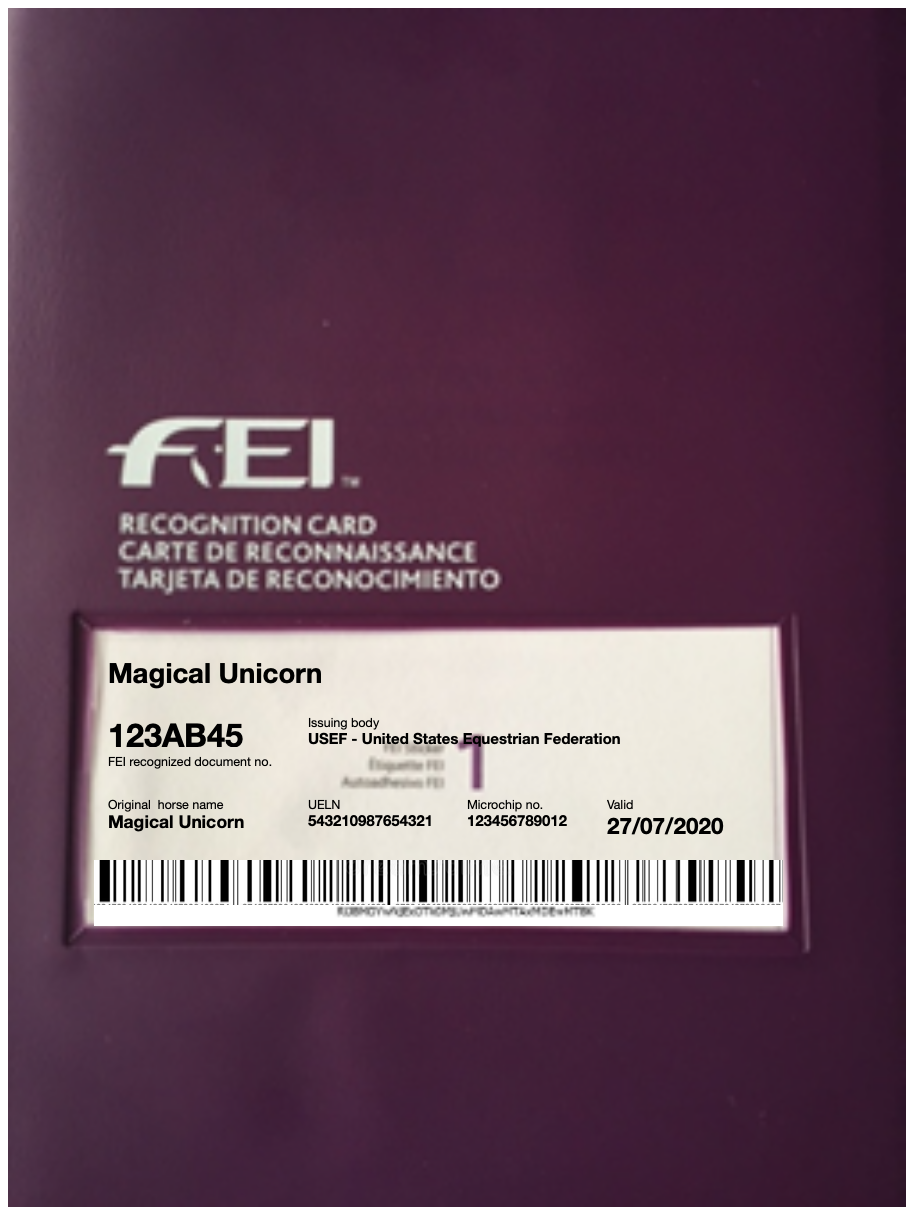Competing at the international level in a Fédération Equestre Internationale (FEI) show comes with its own set of rules and regulations. From the stabling area, to the warm-up arena, to after the round, being aware of these intricacies can help you stay organized. The first step to having a successful show is good preparation and planning. Even before you leave the stabling area, there’s a lot you can do to keep your team on track. For more information about entering an FEI show, read BarnManager’s FEI Paperwork blog about horse passports here, and BarnManager’s FEI Paperwork blog about registrations and entries here.
Keep your credentials handy.
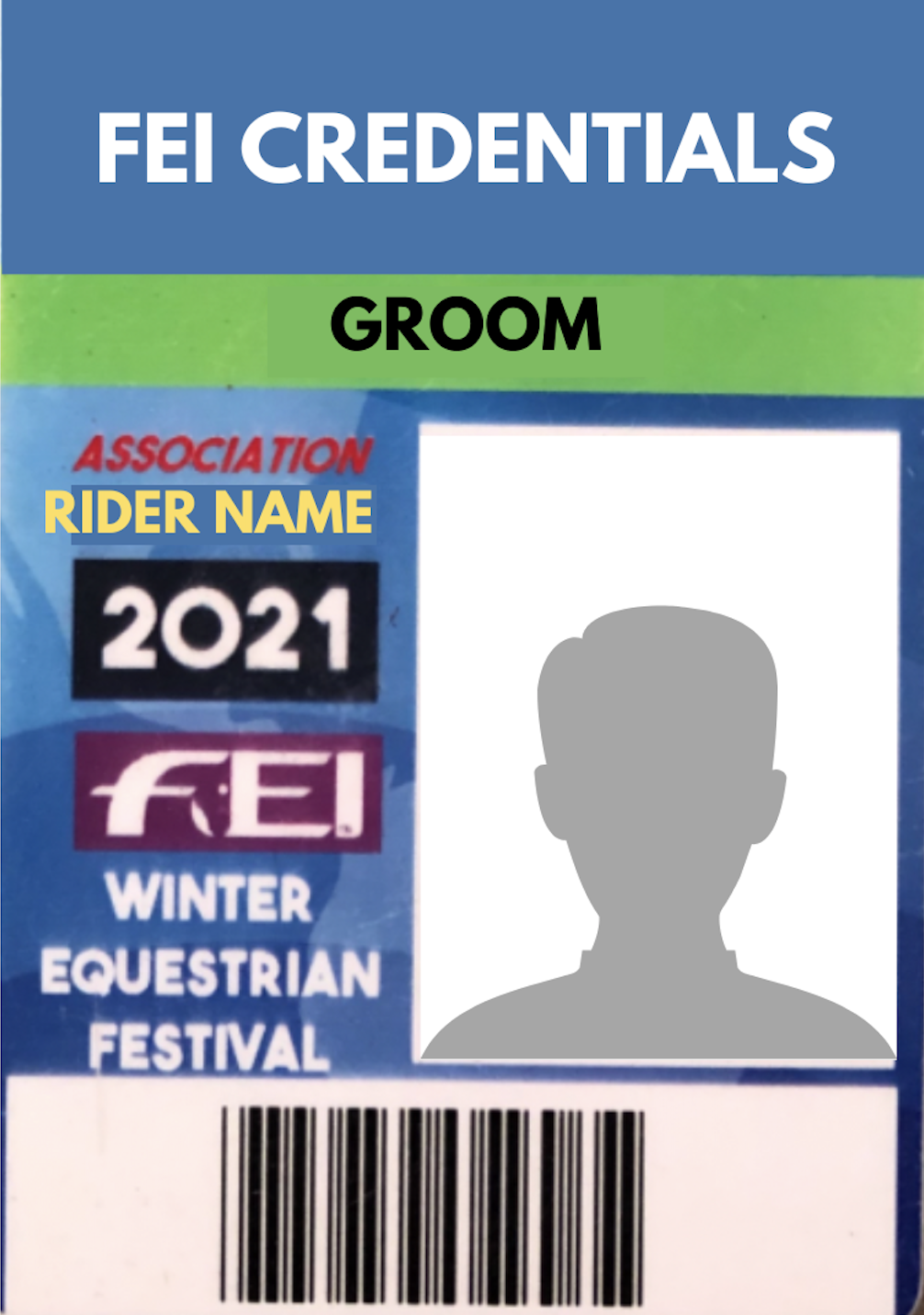
The FEI stabling area is fenced in with limited entrances that are always monitored. You must have an FEI credential to access the area. To learn more about obtaining an FEI credential, read BarnManager’s FEI Paperwork blog about the check-in and jog here. FEI competing horses must wear their competition number to temporarily exit the stabling area. Additionally, all FEI-designated areas, such as schooling and warm-up rings or grazing areas, are limited to credentialed personnel, so be sure to carry your FEI credential at all times to alert the stewards that you are authorized to be in FEI-designated areas.
Make note of the FEI stewards in the stabling area.
The FEI stabling area is regulated and monitored by the FEI competition stewards. Their job is to ensure the welfare of the horses. This includes checking that the stalls are clean and bedded sufficiently, that the horses are properly cared for, and that the horse show facilities are in working order. At any point during the competition, including in the stabling area, an FEI steward is permitted to inspect tack or equipment to confirm compliance with the rules. They also can examine a horse, especially if they suspect there might be an issue of misconduct. There is always at least one FEI steward in the stabling area, so if you have any questions or concerns, they are a very good resource.
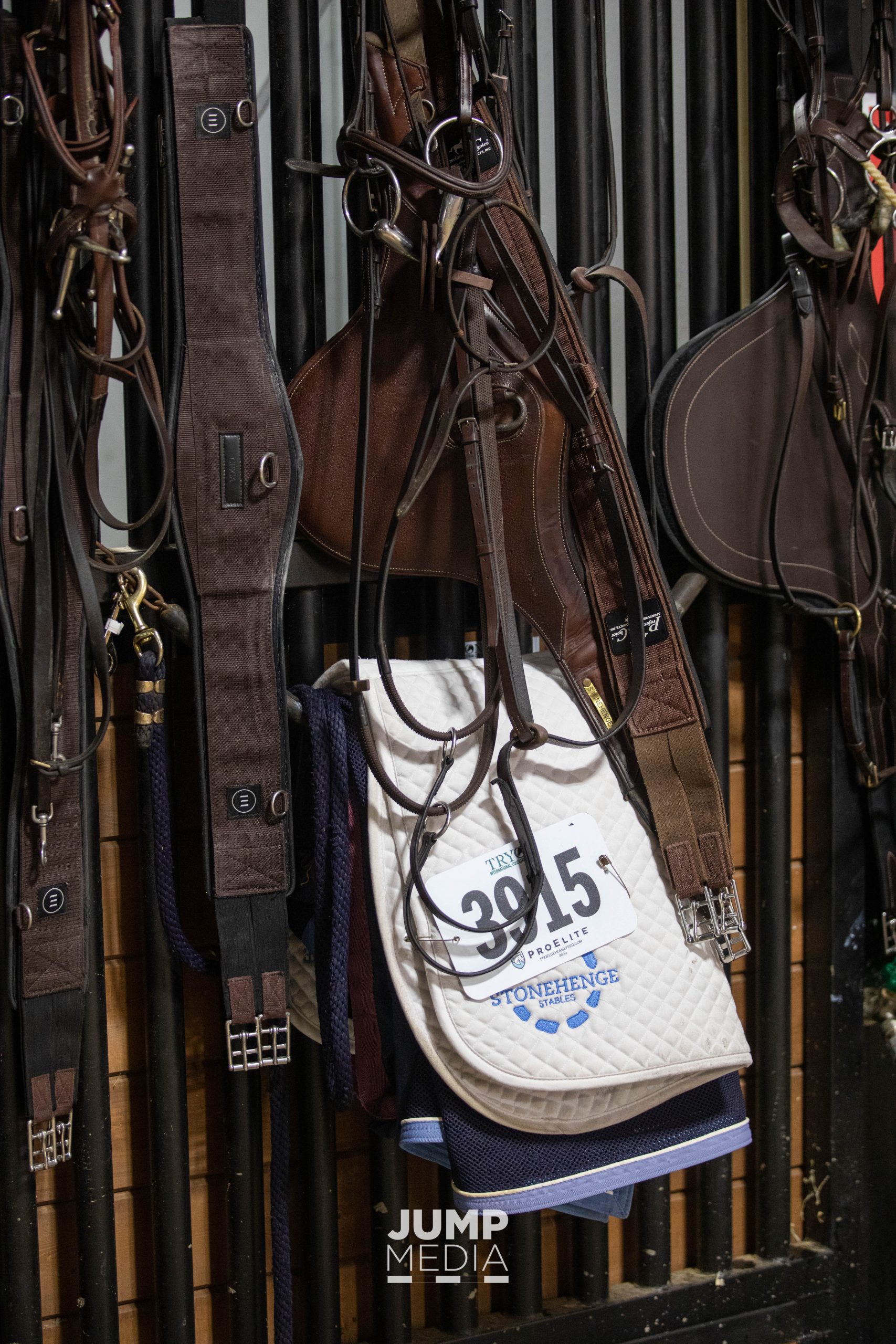
Check in and check out of the stabling area at night.
The FEI stabling area is technically considered closed at night. To get in, such as for night check, you will need to see the entrance gate monitor. They will have a list to keep track of everyone entering and exiting the area. This list includes the times each person arrives and departs as well as the rider associated with the horse(s) they are seeing. As technology has advanced, some shows will have you scan your FEI credential to keep track of comings and goings.
Have a plan for medication.
In the FEI stabling compound, there are designated treatment stalls reserved for veterinary or therapeutic treatment. Unlike national stabling, you cannot bring medication administration materials, such as needles or syringes, into the FEI stabling area. Any medication must be given by a veterinarian in one of the designated treatment stalls in the presence of a steward. Furthermore, the competition vet may only administer medications during specific treatment hours. For this reason, it is important to plan ahead and consider anything you think your horse might need. Something as simple as an injectable joint support supplement must be given under these regulations. Also remember that the permitted and prohibited substances for FEI can differ from that of the National Federation. More information on FEI prohibited substances can be found here.
Pay attention to announcements.
During the competition, it is typical for a class’s progress to be announced over a loudspeaker in the stabling area. While a lot of shows also have live orders online that you can access through your phone, real-time announcements are a helpful tool to get to the ring on time. Other announcements, like scheduling changes, are important to listen for too. Significant updates will also be posted on the bulletin board either at the entrance to the FEI stabling area or by the FEI office.
Staying on top of the details will enable you to make the best plan and contribute most effectively to your team. When in doubt, the best thing to do is to ask questions to make sure you are correctly following all regulations. Sometimes the best way to learn is by doing!
Have questions about utilizing BarnManager or want to give it a try for yourself? Request a live demo here!


